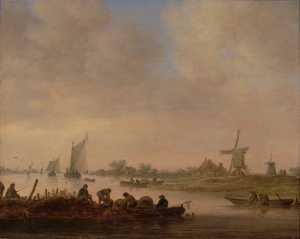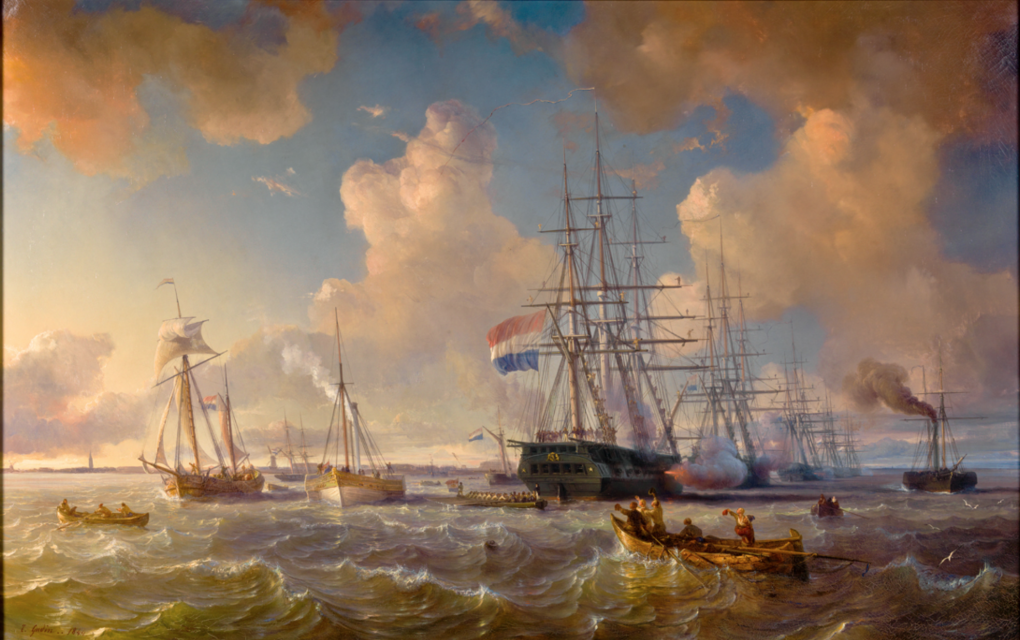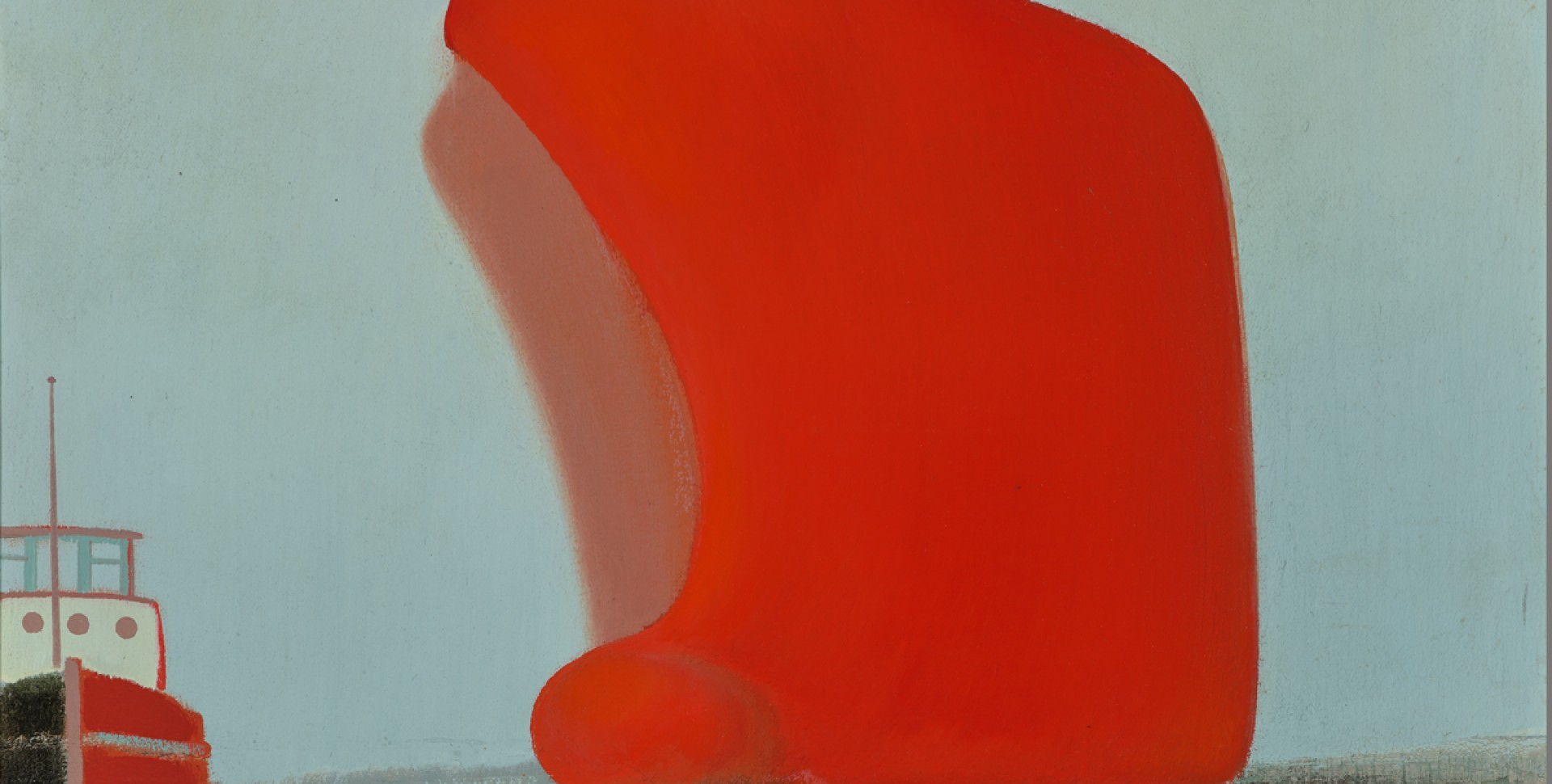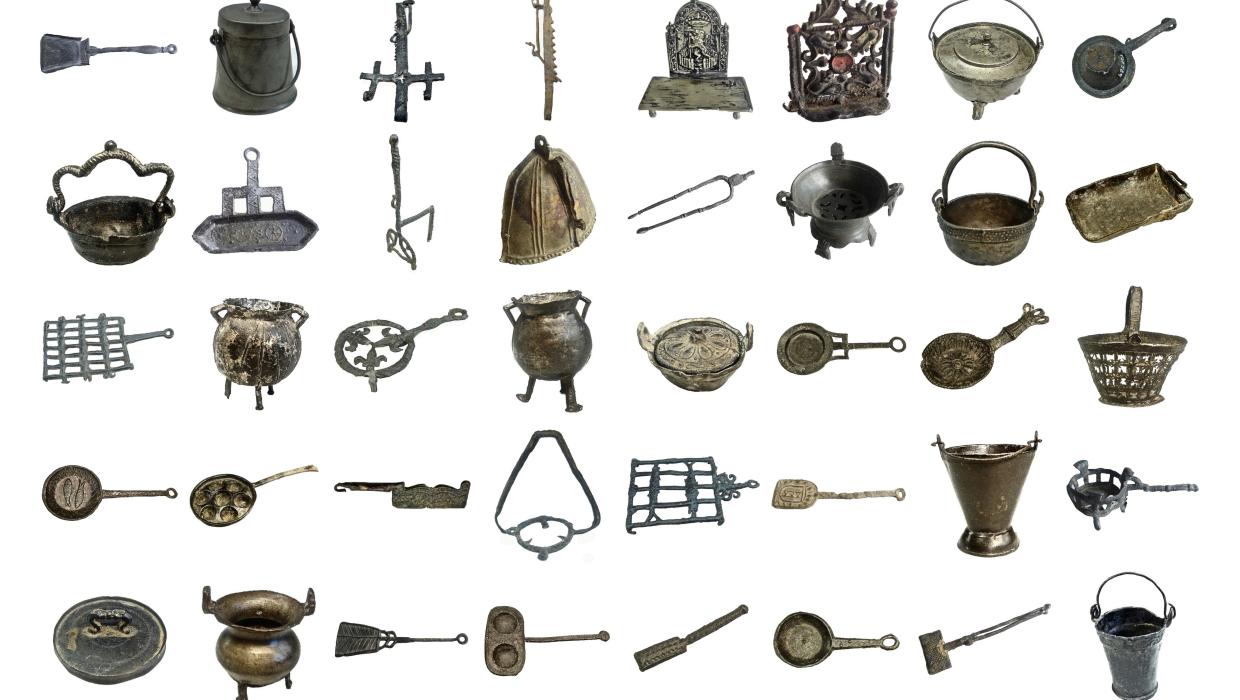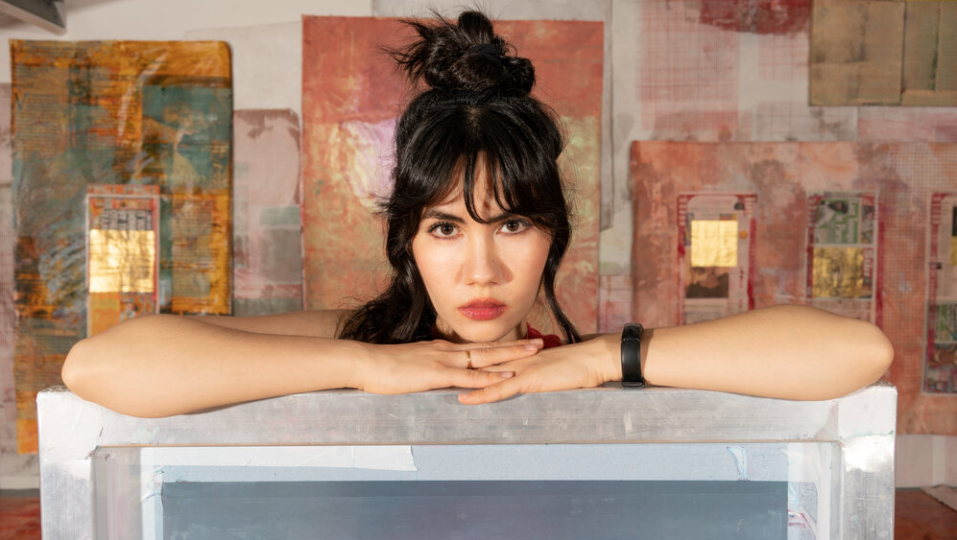Maritime paintings, model ships, drawings, video art and mixed media works
The exhibition showcases 54 paintings by artists, including Hieronymus Bosch, Claes van Wieringen, Willem van de Velde the Younger, Ludolf Bakhuizen, Hendrik Mesdag, Claude Monet, Johan van Mastenbroek, Guido van der Werve and Frank Stella, and oldest Western European model ship from around 1425. A changing selection of 34 drawings by Willem van de Velde the Elder will be exhibited, together with his famous ‘pen paintings’. Museum Boijmans Van Beuningen’s most important maritime artworks are united with masterpieces from the collection of the Maritime Museum to provide a colourful and surprising overview of more than 600 years of marine painting.





